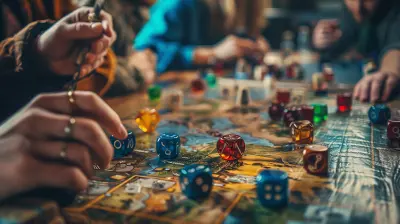How Game Updates Shape the Meta of Popular Battle Royale Titles
4 October 2025
Ever wondered why your favorite weapon suddenly feels weaker after an update? Or why that overpowered strategy everyone was using last week is now practically useless? You're not crazy. That’s the meta shifting—and it's no accident. In the ever-evolving landscape of battle royale games, updates aren't just about bug fixes or new cosmetics. They're game-changers, literally.
In this post, we’re diving deep into how game updates shape the meta in popular battle royale titles. Whether you're a casual player or grinding your way to the top of the leaderboard, understanding these changes gives you a massive edge.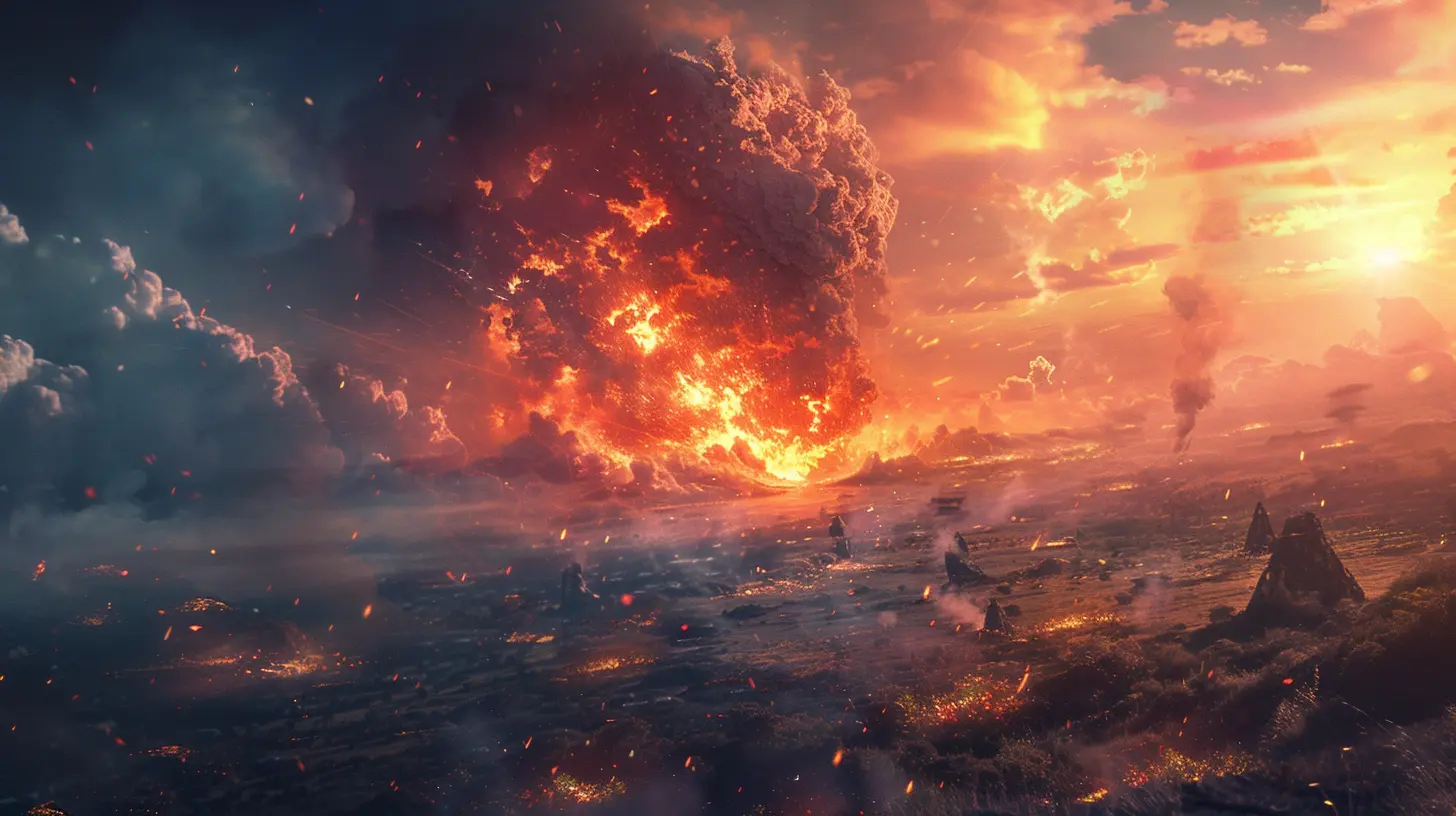
What Is "The Meta" Anyway?
Let’s kick things off with the basics. "Meta" stands for “Most Effective Tactics Available.” In simple terms, it's what works best right now in the game. That could be a particular weapon loadout, a favored landing spot, or even how players rotate across the map.But here’s the thing—meta isn’t set in stone. It shifts constantly. And game updates? They're the puppet masters pulling the strings.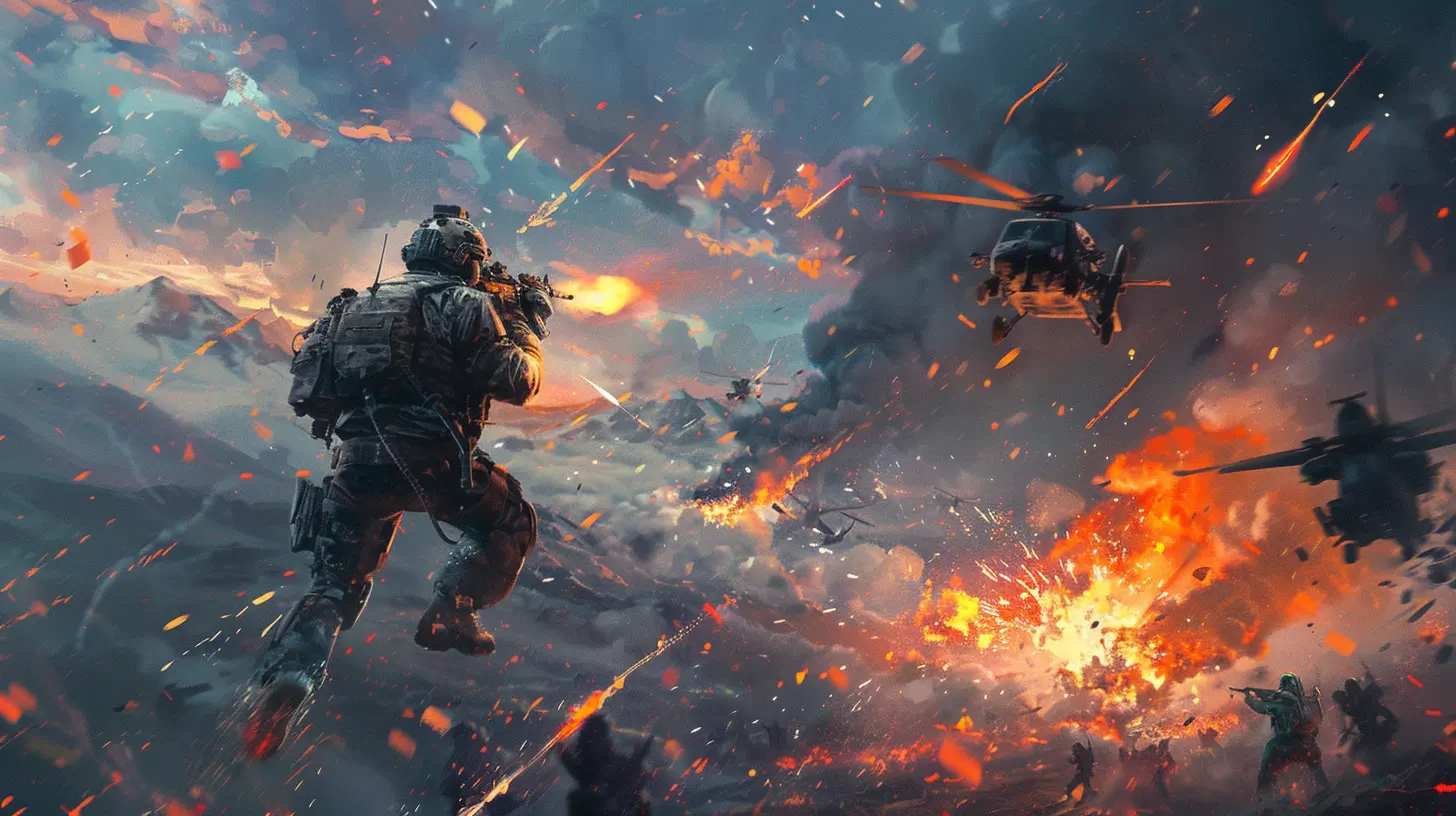
The Power of Game Updates
Updates are the heartbeat of modern multiplayer games. Without them, games would go stale fast. But with them, battle royale titles stay fresh, unpredictable, and competitive. These updates might include:- Weapon balancing
- New gear or abilities
- Map alterations
- Gameplay tweaks
- Bug fixes
- New game modes or limited-time events
It’s like shaking a snow globe—what was once settled gets tossed into chaos, and players have to adapt quickly or get left behind.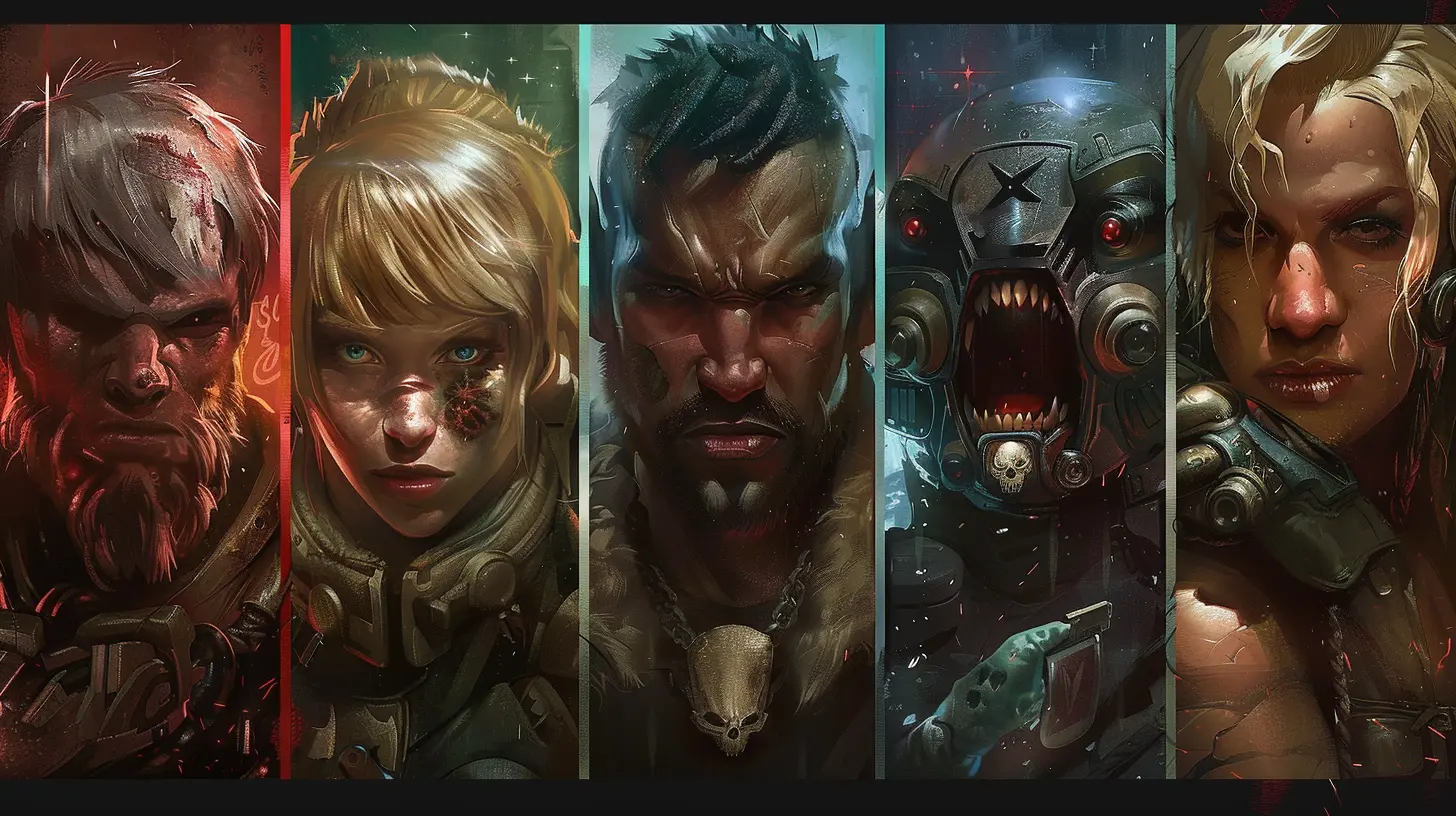
Buffs, Nerfs, and the Weapon Shuffle
One of the most obvious ways updates shift the meta is through weapon balancing. Developers either "buff" (make stronger) or "nerf" (weaken) weapons and items based on performance data and feedback.Example: Fortnite
Let’s take Fortnite for instance. Say the Pump Shotgun is dominating in close combat. Everyone is using it. Suddenly, Epic Games comes in with a nerf—lowering its damage or increasing its reload time. Overnight, players are ditching it for alternatives like the Tactical Shotgun or SMGs.This constant shuffle keeps the game dynamic, but it also forces players to keep learning. If you’re stuck using old strategies or clinging to outdated weapons, you're toast.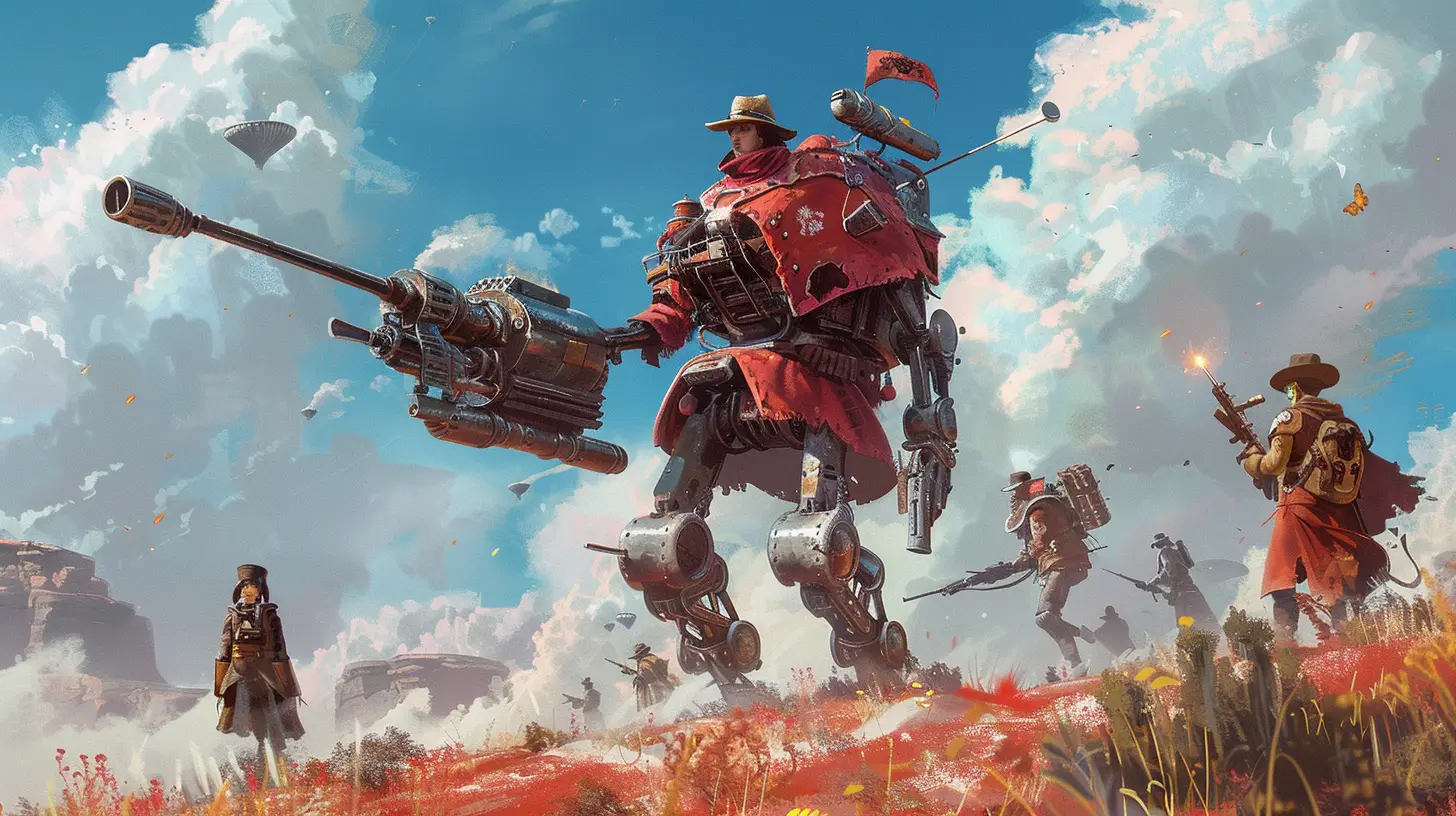
Map Changes That Reshape Strategy
If you’ve played battle royale games for a while, you know the map is everything. A good landing spot can set you up for victory. But devs know this too, and they’re constantly tweaking the landscape to keep players on their toes.Example: Apex Legends
Apex Legends regularly rotates and reworks maps. A favored location like Fragment East might get destroyed or replaced. These changes aren't just cosmetic—they directly influence player movement, loot routes, and hot zones. Suddenly, that go-to rotation path is flooded with enemies. Time to rethink your strategy.New Characters and Abilities
In class-based battle royales like Apex Legends or Warzone (with Operators), updates often bring new characters with unique abilities. And let me tell you—when a new character drops, it can shake the entire meta.Example: Apex Legends Again
Think back to when Seer was introduced. His tactical ability could interrupt heals and revives and gave away enemy positions. For a while, the meta was “run Seer or get wrecked.” Eventually, he got nerfed, but during those weeks, team compositions shifted big time.Seasonal Updates and Events
Many games operate on seasons, with massive updates marking each new one. These seasonal changes often overhaul the entire experience—new guns, new rules, new maps, and even new movement mechanics.Example: Call of Duty: Warzone
Each new season of Warzone usually brings a few overpowered guns that dominate for a couple of weeks. Remember the DMR-14 meta? That thing was everywhere. Updates and hotfixes eventually balanced it out, but for those few glorious (or frustrating) weeks, it was king.Patch Notes: The Meta Decoder
Pro tip—always read the patch notes.They're your blueprint to understanding how things are about to change. Most devs publish detailed notes outlining every adjustment. It’s like insider info. Want to get ahead of the meta? Study the changes and hit the ground running before everyone else catches on.
How the Meta Evolves Over Time
Top-tier players and content creators are usually the first to crack the new meta. They test everything, find what’s broken (or just super strong), and broadcast it to the world.Then comes the wave—streamers start using it, YouTubers post guides, Reddit lights up, and boom—the new meta is born.
But it doesn’t stop there. As more players start adopting the meta, counters emerge. That’s when things get interesting. It’s like a game of rock-paper-scissors that never ends.
Community Feedback & Developer Response
Battle royales are some of the most community-driven games out there. Developers closely watch forums, social media, and content creators to see what’s working (and what’s not). If the community collectively screams about something being too strong or too weak, chances are it's getting addressed in the next patch.Example: PUBG
Take PUBG. Back in the day, the M416 was the undisputed GOAT. Players complained about its versatility being too high. After enough chatter, Bluehole adjusted recoil and drop rates to balance out the field.This kind of feedback loop creates a living, breathing game environment. You, the player, actually have a say in how the game evolves.
Esports Influence on the Meta
Don’t sleep on esports. Pro players often push the boundaries of what's possible in the meta. Their strategies, team comps, and weapon choices trickle down into the casual player base.Example: Fortnite World Cup
After the Fortnite World Cup, suddenly you saw everyone trying to crank 90s and use high-ground retakes like Bugha. Competitive scenes set trends that echo across the whole game.It’s like fashion—what you see on the runway today, you’ll see in your neighborhood tomorrow.
Meta Impact on Player Retention
People don’t just quit games because of toxic players or lag. A stale meta is a silent killer. When nothing changes, you get bored. But when devs regularly shake things up, it keeps players engaged and coming back.At the same time, constant meta shifts can frustratingly invalidate your progress. That sniper you spent days mastering? Useless after the patch. It’s a double-edged sword, for sure. But overall, frequent updates usually do more good than harm.
How to Stay Ahead of the Meta
Want to stay competitive? Here’s what you should do:1. Follow Patch Notes – Be the first to know what's changing.
2. Watch Streamers & Pros – They’ll show you what works.
3. Experiment – Don’t be afraid to try new loadouts or routes.
4. Join the Conversation – Reddit, Twitter, Discord—stay in the loop.
5. Practice, Then Practice More – Mastery comes from reps, especially when the game changes every month.
Final Thoughts
Game updates are the lifeblood of battle royale titles. They shape the meta, breathe new life into the game, and keep us guessing. Whether it’s a weapon buff, a map rework, or a brand-new legend, these changes force us to adapt, evolve, and rethink the way we play.So the next time you log in and find your favorite loadout nerfed into oblivion, don’t rage-quit. Embrace the chaos. That’s the beauty of the meta—it never stays still, and neither should you.
Stay flexible, stay curious, and most importantly—stay alive out there.
all images in this post were generated using AI tools
Category:
Battle RoyaleAuthor:

Stephanie Abbott
Discussion
rate this article
1 comments
Zephyris Perry
Game updates are like the weather in a battle royale: unpredictable and usually a surprise! One minute you’re top of the leaderboard, the next you're dodging nerfs like they're rogue grenades. Stay hydrated and keep your loadout flexible!
October 5, 2025 at 3:08 AM

Stephanie Abbott
Absolutely! Game updates can dramatically shift the meta, keeping players on their toes. Staying adaptable is key to navigating those unexpected changes!

